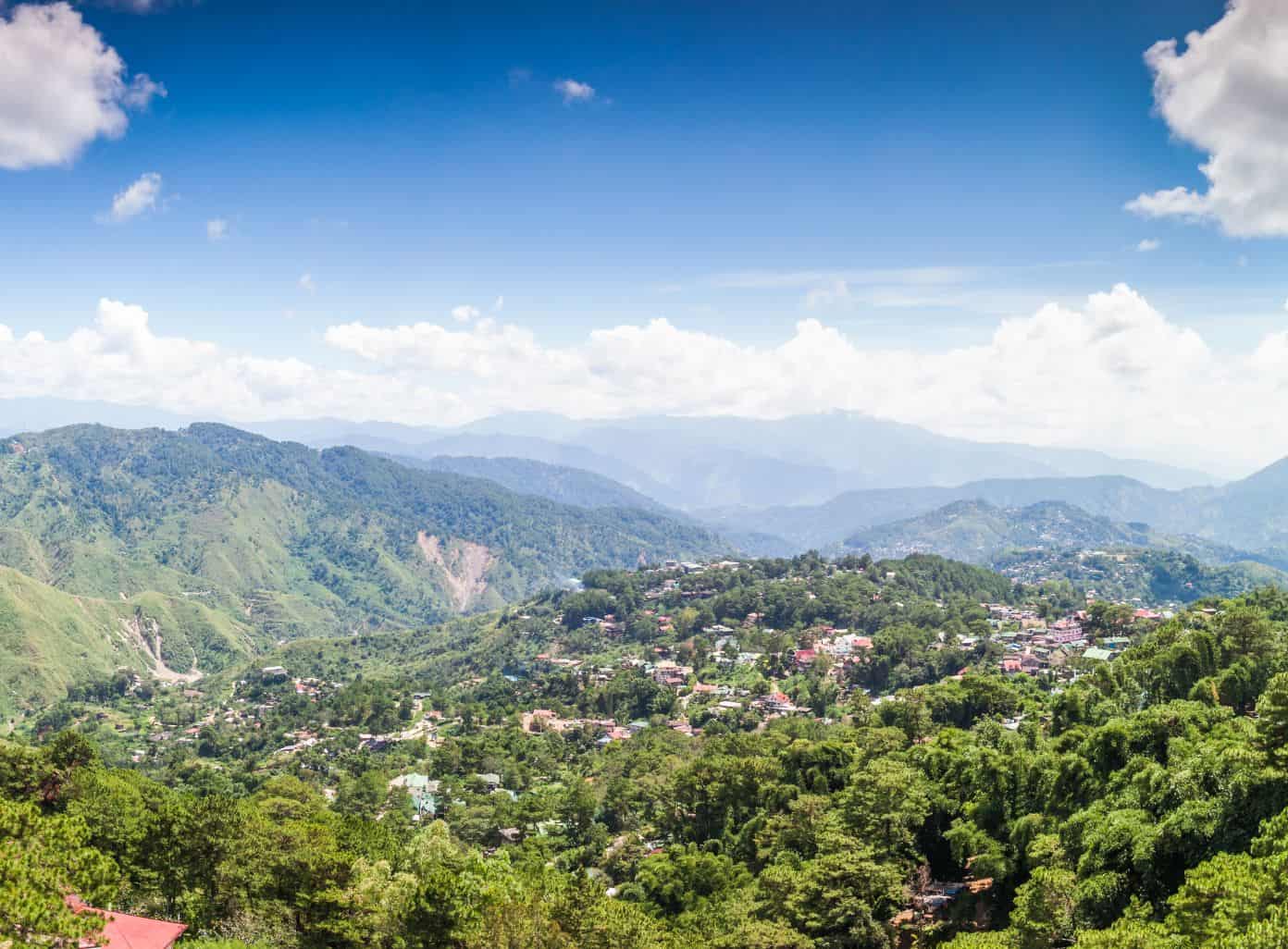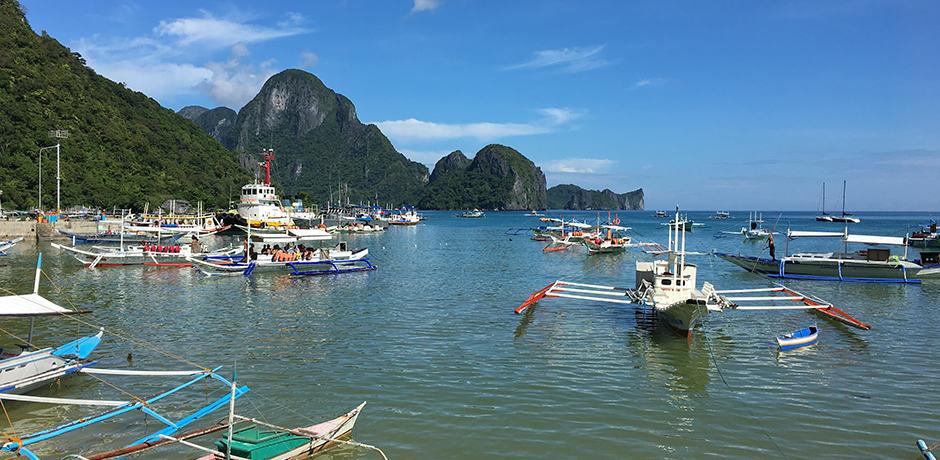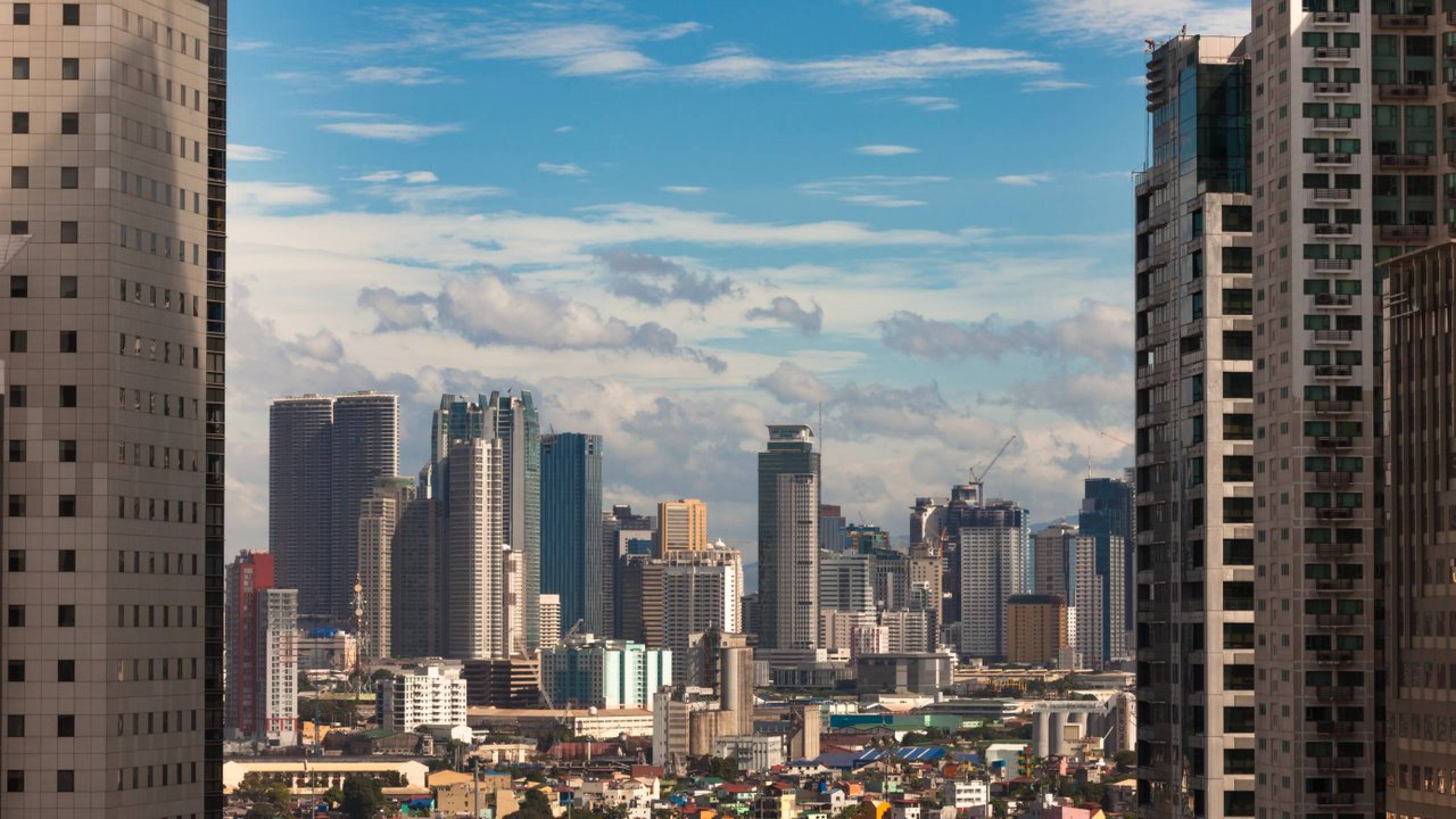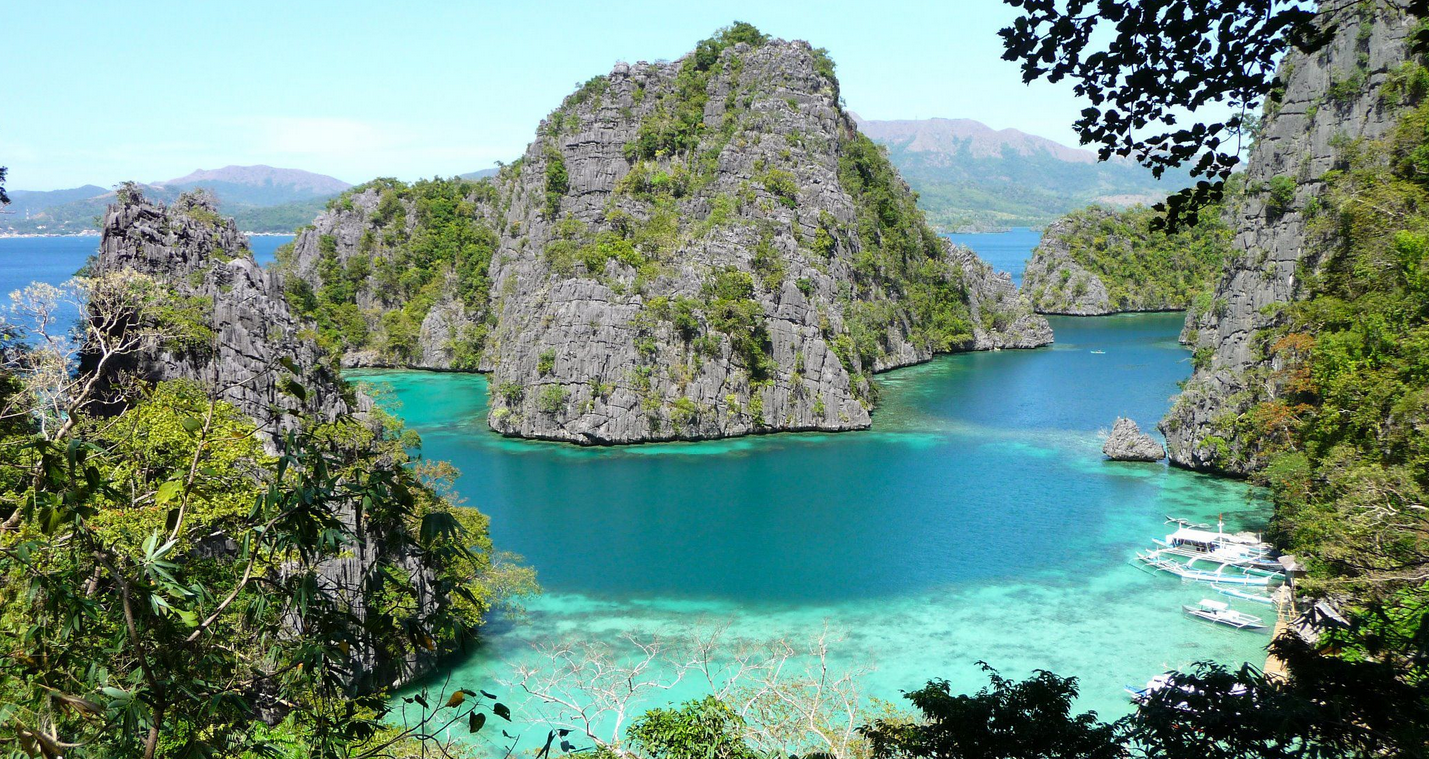The Philippines, an archipelago located in Southeast Asia, is a country with a rich and diverse geography and history. Comprising over 7,000 islands, the Philippines is a nation that has been shaped by its unique location, cultural influences, and historical events. In this article, we will delve into the geography and history of the establishment of the Philippines, exploring the factors that have contributed to the country's development and growth.
Geography of the Philippines
The Philippines is situated in the western Pacific Ocean, bordered by the South China Sea to the west, the Philippine Sea to the east, and the Celebes Sea to the south. The country's geography is characterized by a chain of islands, with the largest islands being Luzon, Mindanao, and the Visayas. The Philippines is also home to numerous active and dormant volcanoes, with Mayon Volcano being one of the most prominent. The country's terrain is diverse, ranging from lush rainforests to rugged mountains and fertile valleys.
The Philippines' unique geography has played a significant role in shaping the country's history and culture. The islands' strategic location has made it an attractive destination for traders, colonizers, and immigrants, resulting in a diverse cultural heritage. The country's geography has also influenced the development of its economy, with the Philippines being a major producer of agricultural products, such as rice, sugarcane, and coconuts.
History of the Establishment of the Philippines
The history of the Philippines dates back to the pre-colonial period, with evidence of human habitation dating back to around 30,000 years ago. The islands were initially inhabited by indigenous peoples, such as the Negritos, who were later followed by Austronesian-speaking peoples. The Philippines was also a major hub for trade and commerce, with the country being an important stopover for merchants and traders from China, India, and other parts of Southeast Asia.

In the 16th century, the Philippines was colonized by Spain, which introduced Christianity, the Spanish language, and European customs to the country. The Spanish period had a profound impact on the Philippines, shaping the country's culture, politics, and economy. The Philippines was a Spanish colony for over three centuries, until it was ceded to the United States in 1898, following the Spanish-American War.
The American period saw the introduction of English as the primary language, the establishment of a public education system, and the development of the country's infrastructure. The Philippines gained independence from the United States in 1946, after a long and bloody struggle for self-rule.
Cultural Heritage of the Philippines
The Philippines is a country with a rich and diverse cultural heritage, shaped by its history, geography, and cultural influences. The country is home to numerous festivals and celebrations, such as the Sinulog Festival and the MassKara Festival, which showcase the country's vibrant culture and traditions. The Philippines is also known for its delicious cuisine, which reflects the country's cultural diversity, with popular dishes such as adobo, lechon, and sinigang.
In conclusion, the Philippines is a country with a unique geography and a rich history, shaped by its cultural influences, historical events, and geographical location. From its pre-colonial period to its modern-day independence, the Philippines has evolved into a nation that is proud of its heritage and culture. Whether you are interested in history, culture, or geography, the Philippines is a country that has something to offer, making it a fascinating destination for travelers, scholars, and anyone interested in exploring the wonders of this beautiful archipelago.
Keyword: Geography and history of the establishment of the Philippines, Philippines culture, Philippines history, Philippines geography









